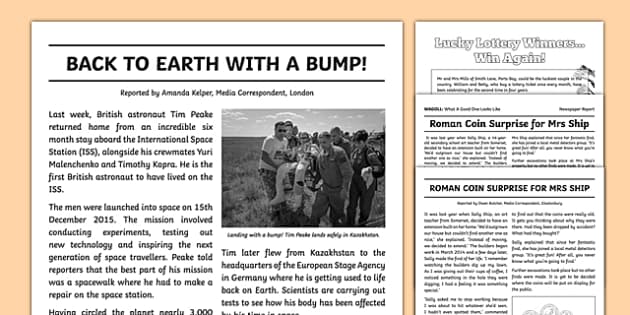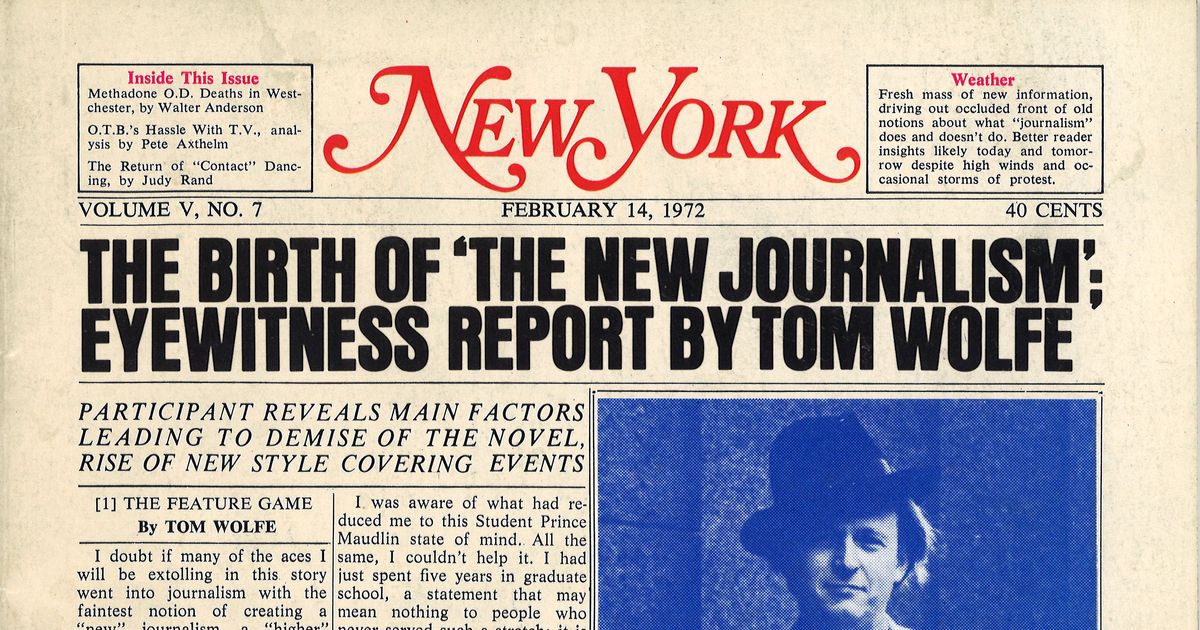The Definitive Guide to News Articles
The Definitive Guide to News Articles
Blog Article
All About News Articles
Table of ContentsThe Best Strategy To Use For News ArticlesSome Known Details About News Articles News Articles Can Be Fun For AnyoneThe Only Guide for News ArticlesThe Definitive Guide to News Articles
Excellent expertise of different subjects provides students an one-upmanship over their peers. Even though electronic and social networks are easily obtainable, we ought to not fail to remember exactly how vital it is to review the papers. Moms and dads should try and inculcate the routine of reviewing a paper as an everyday regimen to proceed the legacy of the adored print medium.Newspaper article likewise have at the very least among the following essential attributes about the designated target market: proximity, prestige, timeliness, human interest, peculiarity, or repercussion. The related term journalese is occasionally used, generally pejoratively, to describe news-style writing. One more is headlinese. Papers usually follow an expository writing style.
Within these limits, news stories also aim to be detailed. Amongst the bigger and much more respected papers, fairness and equilibrium is a significant element in presenting information.
Papers with a worldwide audience, for instance, have a tendency to utilize a much more formal design of composing. The certain options made by a news outlet's editor or content board are often collected in a style guide; typical design overviews include the and the United States News Design Publication. The major goals of information writing can be summarized by the ABCs of journalism: precision, brevity, and clearness.
7 Easy Facts About News Articles Shown
As a guideline, reporters will certainly not use a lengthy word when a short one will do. They use subject-verb-object building and vivid, active prose (see Grammar). They use anecdotes, instances and metaphors, and they rarely rely on generalizations or abstract ideas. News authors attempt to prevent using the very same word more than once in a paragraph (sometimes called an "resemble" or "word mirror").
Headlines in some cases leave out the topic (e.g., "Leaps From Boat, Catches in Wheel") or verb (e.g., "Cat female fortunate"). A subhead (also subhed, sub-headline, subheading, subtitle, deck or dek) can be either a secondary title under the primary headline, or the heading of a subsection of the post. It is a heading that precedes the main message, or a team of paragraphs of the major text.

Extra signboards of any of these kinds may appear later on in the short article (specifically on subsequent web pages) to tempt more analysis. Such billboards are likewise used as reminders to the article in various other areas of the magazine or website, or as ads for the piece in other magazine or sites. Regular framework with title, lead paragraph (recap in strong), various other paragraphs (details) and call details.

Instance of a hard-lead paragraph NASA is recommending one more room project. The spending plan demands approximately $10 billion for the job.
An "off-lead" check my reference is the second most important front web page news of the day. To "hide the lead" is to start helpful hints the short article with history info or details of additional significance to the viewers, forcing them to review more deeply right into a short article than they need to have to in order to discover the crucial points.
News Articles - The Facts
Usual use is that a person or 2 sentences each develop their very own paragraph. Reporters typically explain the company or framework of a newspaper article as an inverted pyramid. The crucial and most interesting aspects of a story are placed at the start, with sustaining details following in order of reducing value.
It allows people to explore a topic to only the deepness that their inquisitiveness takes them, and without the imposition of details or nuances that they might take into consideration irrelevant, but still making that info readily available to extra interested readers. The inverted pyramid structure also enables short articles to be trimmed to any approximate size throughout design, to suit the area offered.
Some authors start their tales with the "1-2-3 lead", yet there are numerous kinds of lead readily available. A kicker can refer to multiple things: The last story in the information program; a "delighted" story to end the program.
Longer posts, such as magazine cover articles and the items that lead the inside areas of a paper, are recognized as. Function tales differ from straight he said news in a number of ways.
News Articles Fundamentals Explained
The journalist typically details interactions with meeting topics, making the piece more individual. An attribute's first paragraphs typically associate an interesting minute or occasion, as in an "anecdotal lead". From the particulars of a person or episode, its sight promptly broadens to generalizations about the story's topic. The area that signifies what a feature has to do with is called the or signboard.

The Editor's Toolbox: A Reference Overview for Beginners and Professionals (2001) Allan M. Siegal and William G. Connolly. The New York City Times Manual of Design and Usage: The Official Design Overview Used by the Writers and Editors of the Globe's The majority of Reliable Newspaper (2002) M. L. Stein, Susan Paterno, and R.
Report this page